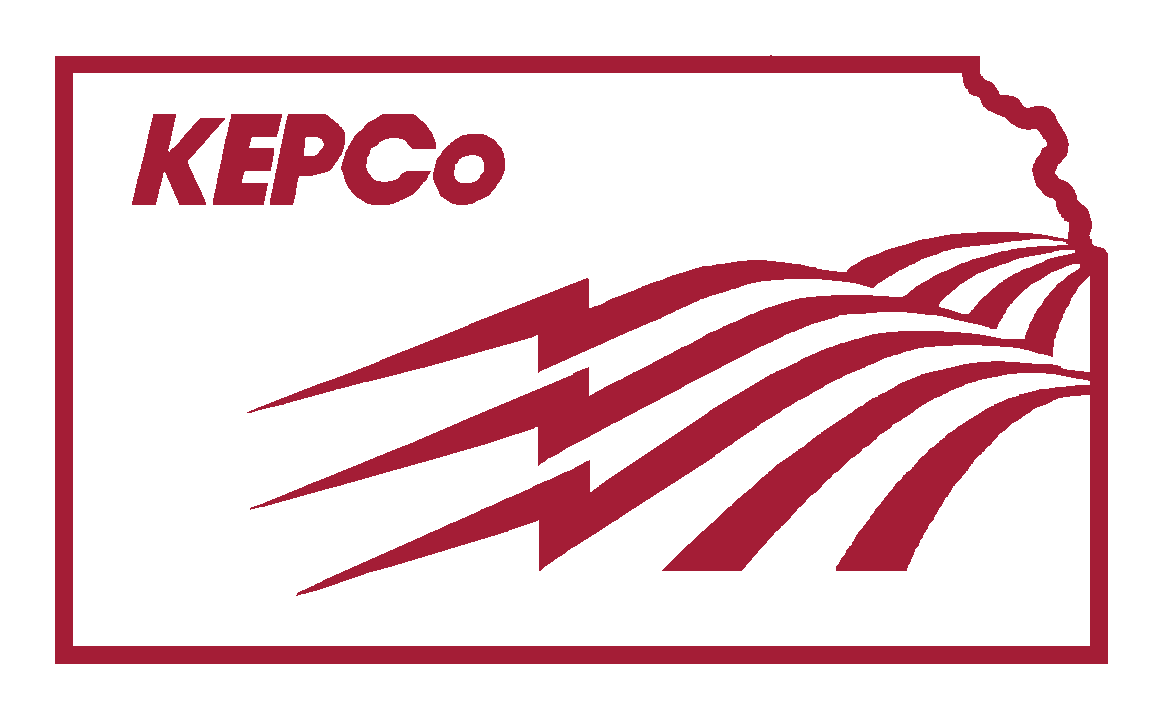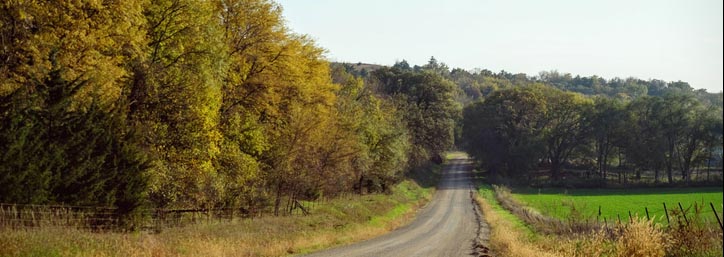Guest Article
Energy Markets and Generation Dispatch
By Mark Barbee, Senior Vice President & COO

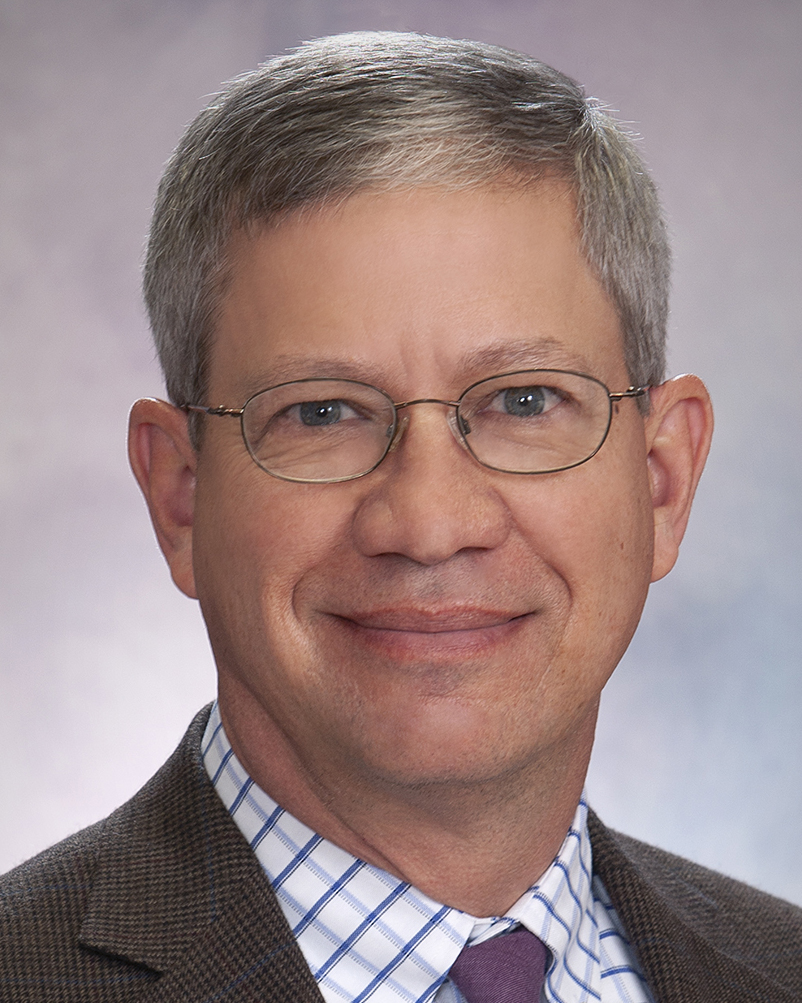
During the mid to late 20th century, much of the electric service in the United States involved vertically integrated utilities that owned generation, transmission, and distribution assets. In this traditional framework, the vertically integrated utility determined the dispatch of generation to match load within their service territory in real-time, provided the necessary operating reserves, implemented transmission improvements, and planned sufficient generation capacity to meet projected future peak demands with some planning reserve margin. During this time, electric generation was primarily steam or hydroelectric turbines.
State utility commissions regulated retail rates. The Federal Energy Regulatory Commission (FERC) regulated wholesale rates. Wholesale agreements typically involved sales to smaller utilities (e.g., municipal utilities and cooperatives), purchase power agreements, and informal sales and trading.
This traditional utility structure served its purpose, but began to be challenged by several significant issues/events, including:
- A cost-plus revenue structure provided little incentive for costs control
- This model incentivized capital investments but not necessarily reliable and efficient operation
- There was little incentive to coordinate with neighboring utilities and jurisdictions
- Major blackouts occurred
- The 1970s oil embargo had severe economic impacts on fuel and electricity markets
- New technologies, such as combustion turbines in the 1960s and combined cycle units in the 1980s and 1990s, began to erode the typical economies of scale
- Utilities made major capital investments in coal and nuclear plants resulting in some cost disallowances and litigation
- Integrated resource planning began and included supply-side and demand-side options
- Industrial customers demanded the lowest rates possible as the cost of this new supply was significantly higher than the historic embedded utility costs
These issues, among others, resulted in new federal policies that have fundamentally changed the traditional utility model and led to the establishment of open transmission access, information sharing, regional planning, the formation of Regional Transmission Organizations (RTOs), and in some cases the restructuring of state utility policies. The National Energy Act of 1978 was the first comprehensive energy plan, which was introduced by President Carter in response to the 1973 energy crisis. This act established a framework for regulatory initiatives, market-based initiatives, energy efficiency programs, tax incentives and disincentives, energy conservation programs, and alternative fuel programs. The next major steps in energy legislation in the U.S. were the Energy Policy Acts of 1992 and 2005 and FERC Order Nos. 888, 889, and 1000.
In 2004, the Southwest Power Pool (SPP) became a FERC-approved RTO, which required SPP, among other things, to establish a wholesale energy market. Toward that end, in 2007, the SPP launched the Energy Imbalance Service (EIS) Market. In 2014, the SPP launched the Integrated Market (IM) and implemented a consolidated balancing authority. These changes resulted in the SPP determining the generation dispatch across its 14-state regional balancing authority area. The SPP accomplishes this using elements of the Integrated Marketplace:
Day Ahead Market
- Creates a resource commitment schedule for the next operating day
- Minimizes resource production costs while meeting bid-in load and operating reserves
- Provides price certainty prior to operating day
Reliability Unit Commitment
- Creates a schedule to meet the full real-time capacity requirements
- Considers existing commitments, real time offers, forecasts, and operating reserve requirements
- Minimizes total resource commitment costs
Real Time Balancing Market
- Balances load and generation in real time
- Provides necessary operating reserves
- Minimizes total production costs
Together, these market elements allow the SPP to schedule, commit, and dispatch resources across the region to deliver electric energy as economically as possible while maintaining system reliability. Based on a review conducted by the SPP in 2022, SPP ultimately saved consumers in the region an estimated $1.7 billion per year for the years 2018-2022. The savings, based on SPP’s Adjusted Production Cost model, include the reduction in production costs resulting from the regional dispatch of generation resources rather than on a utility-by-utility basis, the reduction of emission rates and values, and other savings resulting from RTO implementation.
Generating Safety:
Fall Accidental Fire Safety Tips

As the temperature drops, it’s only natural to want to stay warm and cozy. But if you don’t take the time to make sure your heating equipment is operating properly and that your surroundings are safe and free of hazards, fires can occur. Take a look at the tips below to keep you and your family safe.
Service Your Furnace
Before the cold autumn and winter weather sets in, be sure to call your heating and cooling company to service your furnace. A specialist should inspect the furnace to make sure everything is in working order and that there are no leaks.
Use Your Fireplace Safely
Keep that fire in its proper place by using a fireplace screen to prevent sparks from flying out and catching your carpet or furniture on fire. Never leave a burning fire unattended and make sure that the fire in your fireplace is completely out before going to bed or leaving the house.
Use Caution with Space Heaters
A space heater is an effective way to warm up a chilly room, but it’s essential that you read the instructions on the unit before you use it. If your space heater requires venting, make sure you’ve vented it to the outdoors. Always allow at least three feet of empty area around the space heater.
Exercise Candle Caution
Candles are a wonderful way to give a room that cozy warm glow and pleasant aroma, but they can also cause fires. According to the National Candle Association, nearly 10,000 home fires start because of improper candle use. Place your candle on a stable surface and away from the edge. Never leave candles burning if you go out or go to sleep. Keep your candles away from pets and kids.
Change Smoke Alarm Batteries
This is the season to change the batteries in your smoke alarms and carbon monoxide detectors after you turn back your clocks at the end of Daylight Saving Time. Don’t just put the new batteries in—double check that the alarms are working.
Clean Out the Garage
Discard any used rags and accumulated newspapers, magazines, and boxes in your garage, as these items pose a fire risk.
Keep Fire Extinguishers On Hand
It’s the season for fireplace use, deep fried turkeys, outdoor bonfires, and indoor and outdoor holiday lights. Make sure you keep fire extinguishers on hand and that they are the right extinguisher for the situation.
- Class A – combustibles such as wood, paper, fabric, etc.
- Class B – flammable liquids such as gasoline
- Class C – electrical fires
- Class D – burning metals
- Class K – kitchen fires with cooking oils and grease
Multipurpose extinguishers can be used on different types of fires and will be labeled with more than one class, like A-B, B-C, or A-B-C. A multi-purpose fire extinguisher is highly recommended because it can put out various common household fires. Also consider keeping a Class K extinguisher near the kitchen.
Keep in mind that all fire extinguishers have an expiration date, after which they can become ineffective. They should also be maintained and inspected regularly so that they remain functional in the event of an emergency
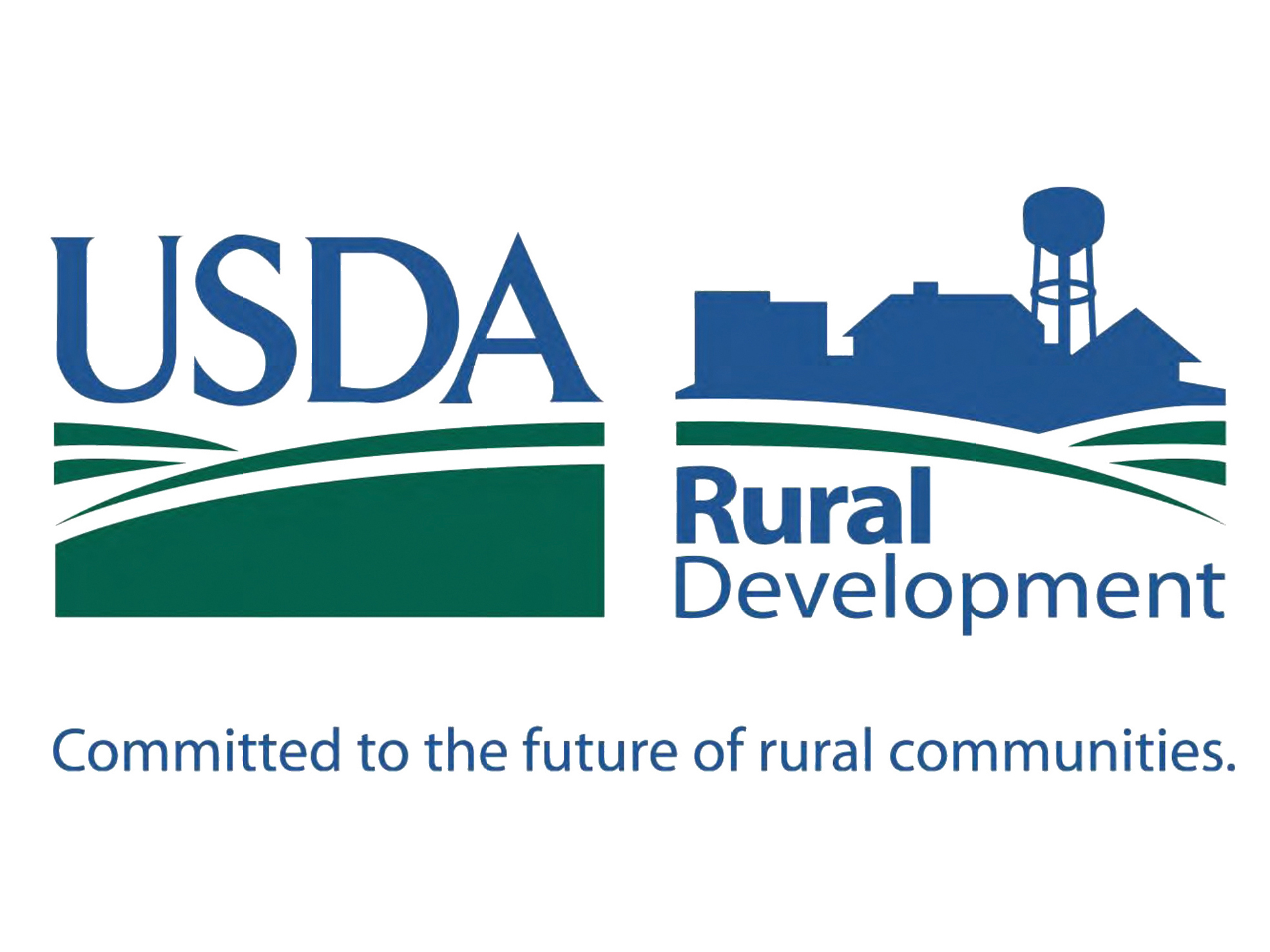
KEPCo Submits REDLG Application
On behalf of 4 Rivers Electric Cooperative, Inc. and one of its members, KEPCo submitted a $486,000 USDA Rural Economic Development Loan and Grant (REDLG) program application for the expansion of a business in New Strawn.
If selected, the loan will enable the business to increase manufacturing capacity, which the business anticipates will double its revenue and make possible the addition of 10 new employees within five years.
“It’s rewarding for 4 Rivers and KEPCo to assist a rural, homegrown business with financing options that will create tremendous growth opportunities for the business and the community. KEPCo’s member cooperatives have a long and storied history with the REDLG program and, as always, KEPCo is pleased to assist its members with their economic development needs,” said Susan Cunningham, KEPCo SVP & General Counsel.
KEPCo Attends RESMA Lobby Clinic
Phil Wages, KEPCo Director of External Affairs, attended the Rural Electric Statewide Managers Association (RESMA) Lobby Clinic from July 29 to August 1 in Green Bay, Wisconsin. The clinic was attended by electric cooperative lobbyists from across the country and government relations staff from NRECA. The clinic was sponsored by CFC, NRTC, CoBank, and Federated Insurance.
The clinic included the discussion of such timely topics as artificial intelligence, wildfire mitigation, the 2024 presidential election, pole attachments, broadband, data centers, crypto mining, large scale interconnections, net metering, distributed generation, energy markets, a presentation from Dr. David Gattie (University of Georgia) regarding the need for energy realism, and legislative reports from the individual states represented at the clinic.
“The lobby clinic is an invaluable tool for electric cooperative lobbyists to network with each other and to learn about issues and trends within the industry and legislation that is being proposed around the country. Legislative ideas tend to migrate state-to-state so it’s vital for our Kansas cooperative lobbyists to stay abreast of issues being debated in other states and to be prepared should those issues make their way to Kansas,” said Phil Wages.
NIETC Update
A National Interest Electric Transmission Corridor (NIETC) is a geographic area where the Department of Energy (DOE) has identified present or expected transmission capacity constraints or congestion that adversely affects consumers and that the development of new transmission would advance important national interests in that area, such as increased reliability and reduced consumer costs.
A NIETC designation can unlock federal financing tools, specifically public-private partnerships through the $2.5 billion Transmission Facilitation Program under the Bipartisan Infrastructure Law and the $2 billion Transmission Facility Financing Program under the Inflation Reduction Act. An NIETC designation does not constitute selection of a specific transmission project for financing purposes.
Currently there are two preliminary NIETCs with partial locations in Kansas: the Midwest-Plains NIETC and the Plains-Southwest NIETC.
The Midwest-Plains Potential NIETC
The Midwest-Plains NIETC is proposed to be five miles wide and 780 miles long, traversing an east-west geographic area through portions of Kansas, Missouri, Illinois, and Indiana.
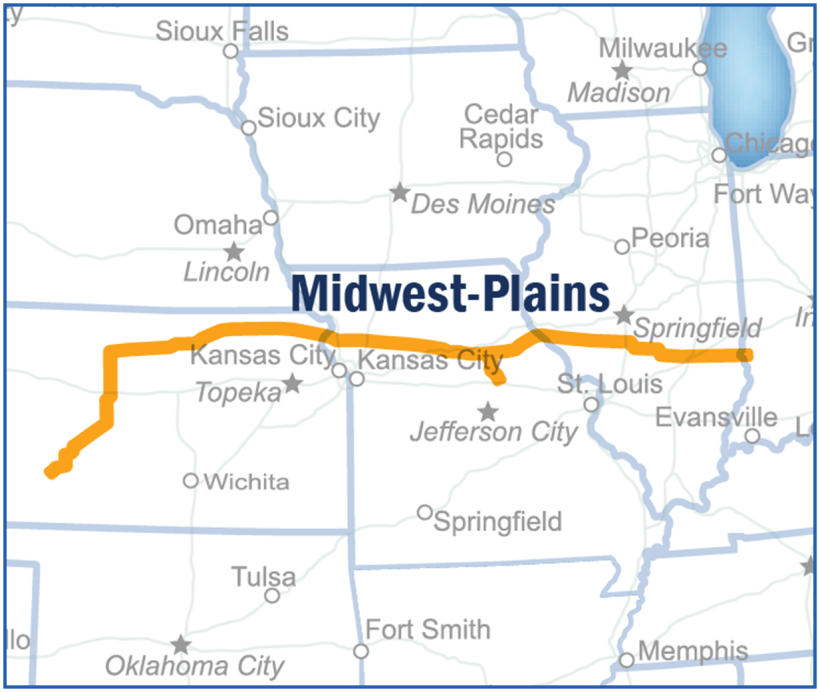
The Plains-Southwest Potential NIETC
The Plains-Southwest NIETC is proposed to be 345 miles long from east to west and 220 miles long from north to south, traversing portions of Kansas, Oklahoma, Texas, and New Mexico.
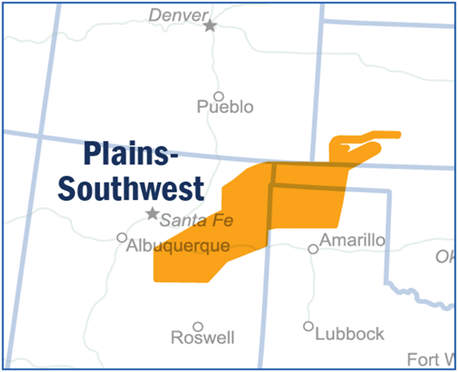
The four-phase NIETC designation process outlines guidance to assist the DOE in independently identifying potential NIETCs. The process aims to maximize the efficiency and effectiveness of an NIETC designation by identifying narrow geographic areas, meaningfully engaging stakeholders, and conducting any required environmental reviews. The DOE has completed the first two stages of review, information gathering and preliminary list development/public comments. The final two stages, public engagement and NIETC(s) designation, are anticipated to be completed early 2025.
In Kansas, there has been some controversy surrounding the interplay of state transmission line siting authority and possible preemption by the federal government concerning the potential NIETC project in Kansas. Any company seeking to build a transmission line in the state (for line siting purposes, transmission is defined as at least five miles in length and at least 230 kV or greater) must first obtain a certificate of convenience and necessity from the KCC to operate as a public utility. The utility is then required to apply for a transmission line siting permit. The siting process requires notice to affected landowners within 660 feet on each side of the center line of the proposed route and a public hearing. The KCC might also require an evidentiary hearing and provide for a public comment period. The KCC must act within 120 days of the date the siting application is filed.
If the KCC denies a permit to build a transmission line, imposes conditions that impair the project, or the application has not been acted upon for over one year, there is federal siting backstop authority that would allow the Federal Energy Regulatory Commission to approve the siting of a transmission line.
On September 4, the Legislative Budget Committee held a 30-minute hearing on NIETCs. Paul Owings, KCC Deputy Chief Engineer, and Justin Grady, KCC Deputy Director, Utilities Division, briefed the committee primarily on the Grain Belt Express (GBE) line, which roughly follows the same route as the proposed Midwest-Plains project. During discussions with the committee, Mr. Owings stated that GBE is petitioning the DOE to reduce the width of the Midwest-Plains NIETC from five miles to 0.5 miles, which is the width in the original GBE transmission line siting filing from 2011. Mr. Owings highlighted that GBE has acquired over 97% of the easements for this part of the project and that on May 31, GBE applied for an AC collector line siting permit. That docket is still ongoing. Mr. Owings also stated that the DOE will serve as an anchor customer of the GBE line and purchase up to 50% of the planned power.
Representative Troy Waymaster, vice-chairman of the committee, stated that he is drafting legislation to be introduced in the upcoming legislative session directed at the federal siting backstop authority, as he believes this authority violates the 10th Amendment regarding state’s rights and circumvents the KCC’s siting authority.
EPA Greenhouse Gas Rule Update
In April, the Environmental Protection Agency (EPA) finalized a host of new requirements for fossil-fueled power plants, including new source performance standards for new and modified coal-fired and gas-fired plants and emission guidelines for existing coal-fired plants. The new power plant rule requires most existing coal plants operating past the start of 2039 and baseload gas-fired facilities to capture at least 90% of their carbon emissions by 2032. There is a significant concern that many of those plants will need to shut down due to the inability to comply with the rule as currently written.
In response to the impact of the rule on the U.S. electric grid, NRECA filed a request for a stay with the U.S. Supreme Court on July 23 to put the greenhouse gas rule on hold. “This rule poses a significant threat to affordable and reliable electricity for millions of Americans, especially as power demand skyrockets across the nation,” NRECA CEO Jim Matheson said. “A Supreme Court stay is necessary to prevent immediate harm to the nation’s electric grid and the American economy.”
NRECA filed the request for stay after the U.S. Court of Appeals for the District of Columbia Circuit rejected an earlier request by NRECA to stay the rule.
The chart below details the new requirements per the proposed EPA rule.
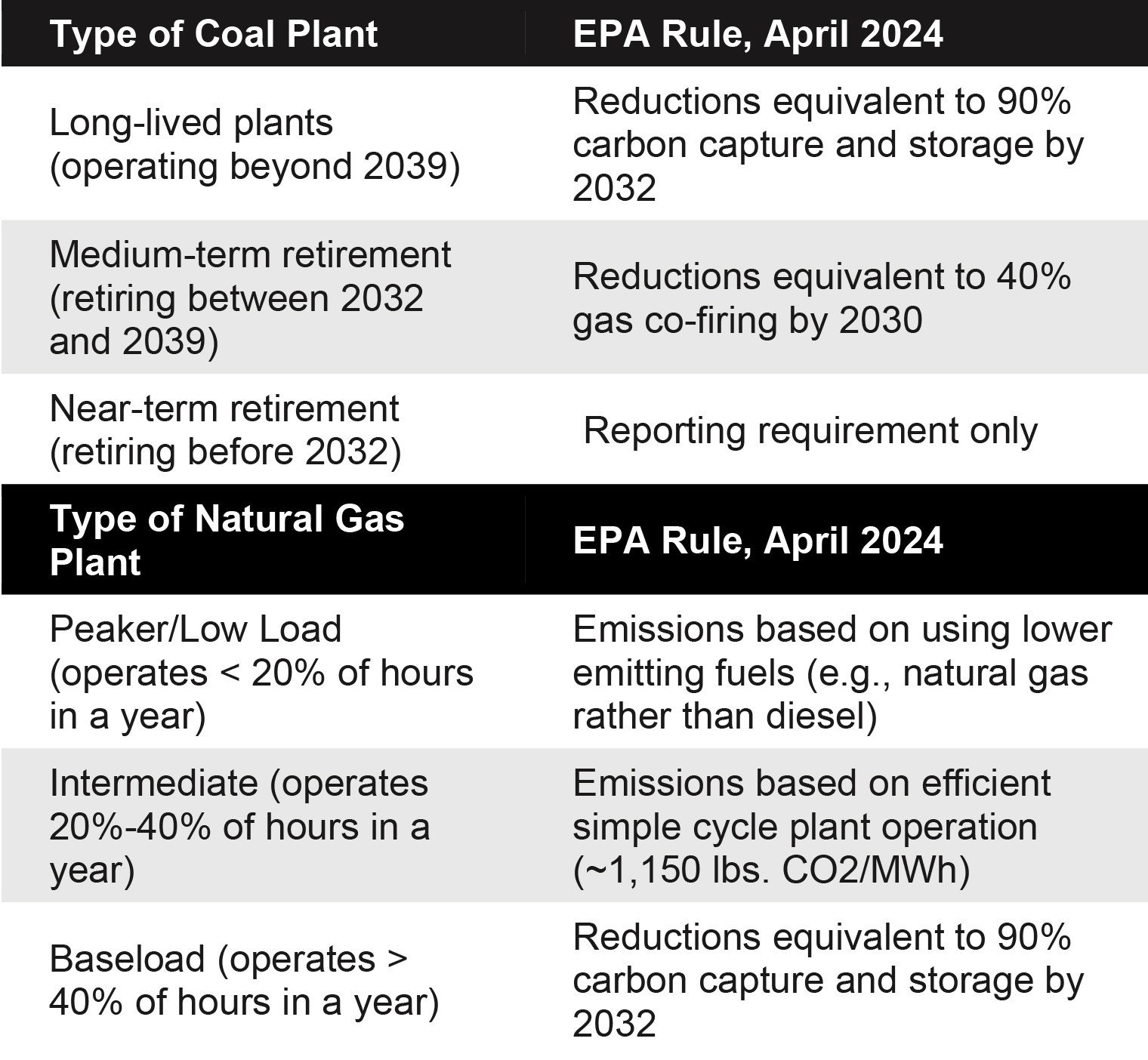
NRECA has argued that the EPA’s new power plant rule creates major threats to the reliability of the electric grid and electricity affordability while also accelerating the retirement of always available generating resources, all of which is happening at a time when the U.S faces unprecedented increased demand for electricity and electricity regulators are increasingly concerned about grid reliability issues.
The EPA’s new power plant rule is the subject of significant litigation so additional updates will be forthcoming.
Update: On October 16, 2024, the U.S. Supreme Court denied NRECA’s request for a stay of EPA’s Power Plant Rule. On behalf of the electric cooperatives, NRECA’s fight against the rule now turns back to the Court of Appeals for the D.C. Circuit, where litigation continues. The litigation is proceeding on an expedited schedule. Briefing will be completed on November 1. Oral argument is anticipated by early in the first quarter of 2025 and a decision by April or May 2025. In the Supreme Court’s order, Justice Kavanaugh – joined by Justice Gorsuch – took the notable step of issuing a statement that indicated they believe that NRECA and other parties have shown a strong likelihood of success on the merits and that parties may come back to the Supreme Court to request a stay, if necessary, after a decision from the D.C. Circuit.
Zahner Earns P.E.
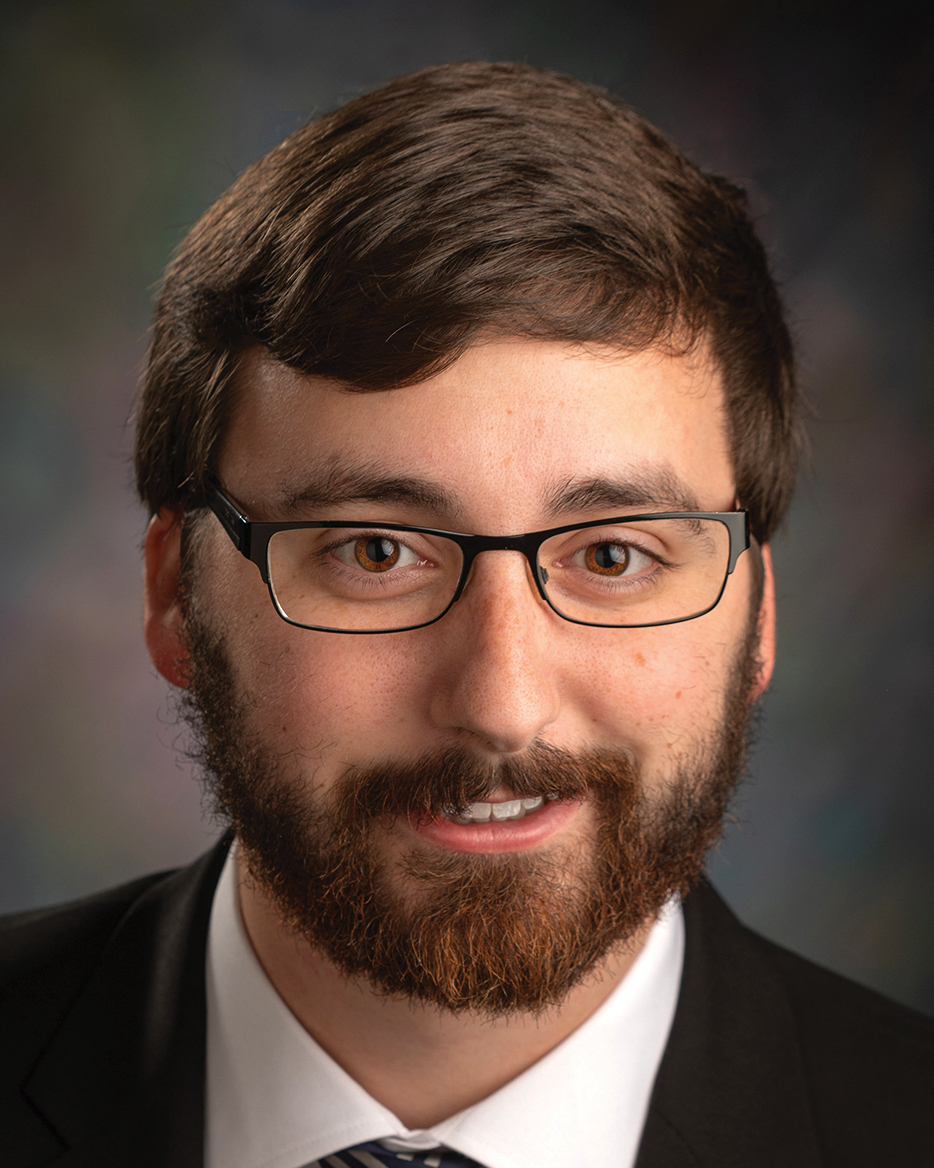
A belated congratulations is due to Luke Zahner, KEPCo Engineer II. Luke earned his Professional Engineer license in November of 2023.
Luke has been with KEPCo for nearly six years and was a summer intern for two consecutive summers while earning his electrical engineering degree at K-State.
Luke’s primary responsibilities include performing engineering projects for KEPCo’s members through KEPCo Services, Inc. (KSI) and also is responsible for the operations and maintenance of Prairie Sky, KEPCo’s 1-MW solar farm.
Congratulations, Luke!
